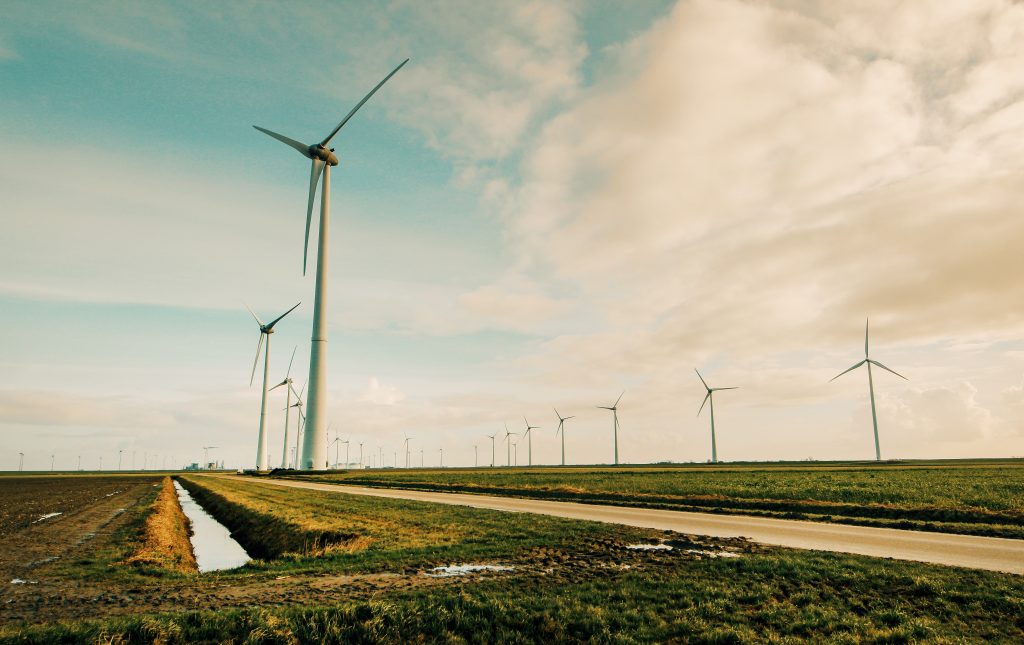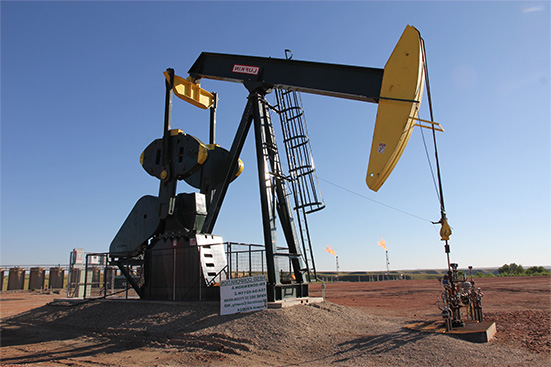
When it comes to combating climate change, renewable energy often takes center stage. It’s commonly praised as the ultimate solution to environmental challenges. But is it really as clean and green as it’s made out to be?
At DW Energy, we recognize the importance of oil and gas investors considering responsible energy development, including renewables. Hence, it is important to examine the full picture and explore whether renewable energy lives up to its clean and green reputation.
The Hidden Costs of “Green” Tech
Mining and Manufacturing
Before a wind turbine spins or a solar panel soaks up the sun, there’s a lot that goes on behind the scenes. Mining operations play a key role in obtaining essential metals and minerals like lithium, cobalt, and rare earth elements, all of which are important for renewable energy technologies. According to the Massachusetts Institute of Technology, mining these elements often involves substantial use of fossil fuels and emits a significant amount of greenhouse gases.
Additionally, mining sites can pose significant environmental hazards, contaminating local water supplies and disrupting ecosystems. Contrary to popular belief, “green” tech isn’t so green at its source.
Waste Management
Let’s consider wind turbines. While they offer a cleaner way to produce electricity, they come with their own set of environmental challenges. Turbine blades are usually made from composite materials that are hard to recycle. As a result, many decommissioned blades end up in landfills, which is far from eco-friendly.
The Minority Report: Realities Overlooked
While the narrative around renewables being the ultimate answer to climate change is strong, a growing minority is bringing attention to its lesser-known environmental impacts.
Contact DW Energy
Want to learn more about oil & gas investing? Our expert team can provide you with more information or schedule a consultation to talk about diversifying your investment portfolio.

The Hidden Costs of Offshore Wind Power
Offshore wind energy is often championed as a clean and sustainable alternative. However, a closer look reveals several challenges that merit attention.
First, the construction of a single 12 MW offshore wind turbine requires a substantial number of materials – iron, copper, and aluminum, among others. A lot of this extraction takes place in regions where environmental standards are less stringent, potentially contributing to carbon dioxide emissions.
Second, offshore turbines operate below their rated capacity most of the time, due to wind’s intermittent nature. This requires backup power plants fueled by gas, which run in an inefficient, cyclical fashion, resulting in higher carbon dioxide emissions.
Third, these turbines affect more than just their carbon emissions. They create issues for aviation, shipping, and marine ecosystems, making their deployment more complex.
A recent report, “How Offshore Wind Drives Up Global Carbon Emissions,” argues that the total carbon dioxide emissions from the lifecycle of offshore wind turbines may negate any reductions achieved in electricity generation.
Lastly, the raw material demands for a complete transition to ‘Net Zero’ could be two to three times current levels, calling for a global-scale examination of raw material requirements, mining needs, and end-of-life disposal.
The ESG Conundrum: Good Scores Don’t Guarantee Low Emissions
A recent study brings an important point to the surface – high Environmental, Social, and Governance (ESG) scores don’t necessarily equate to lower carbon emissions. This is according to research by Scientific Beta, a consultancy and index provider, as covered by Financial Times.
The study analyzed 25 ESG scores from three leading providers. It found that companies with high ESG ratings have similar carbon emissions to those with lower ratings. Essentially, 92% of the expected carbon reduction from investing in high-ESG firms disappeared when these scores were factored in.
These findings are especially relevant as the global demand for ESG investment is on the rise, with “sustainable” funds attracting significant inflows. They emphasize that ESG metrics can be poor indicators of a company’s actual environmental impact.
What does this mean for investors and companies aiming to be more sustainable? It suggests that a more targeted approach is needed, beyond merely looking at ESG scores.
This study adds a layer of complexity to the discourse on renewable energy and sustainability. Just as it’s important to scrutinize the environmental footprint of renewable energy sources, it’s also essential to understand the limitations of ESG ratings as a measure of sustainability.
If your goal is to contribute to a genuinely sustainable energy future, consider the full range of factors that affect environmental impact – and don’t take ESG scores at face value. At DW Energy, we offer a conscientious approach to oil and gas investment, focused on meeting today’s energy needs in a balanced and responsible manner.
The Balanced Energy Portfolio: Why Oil and Gas Matter
The idea that renewable energy is entirely climate-friendly is more complicated than it seems. While renewables have their place, overlooking their full environmental impact doesn’t do us any favors.
As the push for renewables continues, it’s essential to remember the many benefits of a diverse energy portfolio. Oil and gas are indispensable in our daily lives, serving purposes far beyond electricity. At DW Energy, we’re committed to investing in environmentally responsible oil and gas development, contributing to both energy security and job creation.
Recognizing a gap in the market, DW’s founders established the company in 2008. They saw that qualified oil and gas investors were interested in including domestic oil and gas production in their portfolios but often lacked access to premium drilling and production opportunities. DW Energy was founded to bridge this gap, connecting private capital with the most promising investments in the oil and gas sector.
Through our efforts, we’re proud to help qualified independent investors build oil and gas reserves for themselves and their families. In doing so, we’re also contributing to U.S. energy independence and economic growth. As you consider your investment options, remember that a balanced energy portfolio is not just responsible — it’s essential.
Contact dw energy
Sources:
“In the transition to clean energy, critical minerals bring new challenges to energy security,” International Energy Agency, https://www.iea.org/reports/the-role-of-critical-minerals-in-clean-energy-transitions/executive-summary
“The Future of Strategic Natural Resources,” Massachusetts Institute of Technology, https://web.mit.edu/12.000/www/m2016/finalwebsite/problems/mining.html
“Mining and Water Pollution, Safe Drinking Water Foundation, https://www.safewater.org/fact-sheets-1/2017/1/23/miningandwaterpollution
“Recycling of wind turbine blades through modern recycling technologies: A road to zero waste,” Science Direct, https://www.sciencedirect.com/science/article/pii/S1755008423000121
“Offshore Wind Power Isn’t ‘Clean and Green,’ and It Doesn’t Cut CO2 Emissions,” Real Clean Energy, https://www.realclearenergy.org/articles/2023/08/14/offshore_wind_power_isnt_clean_and_green_and_it_doesnt_cut_co2_emissions_972920.html
“Why Offshore Wind Power Increases Carbon Dioxide Gas Emissions,” Climate Science Press, https://climate-science.press/2023/07/04/irony-alert-why-offshore-wind-power-increases-carbon-dioxide-gas-emissions/“Companies with good ESG scores pollute as much as low-rated rivals,” Financial Times, https://www.ft.com/content/b9582d62-cc6f-4b76-b0f9-5b37cf15dce4
